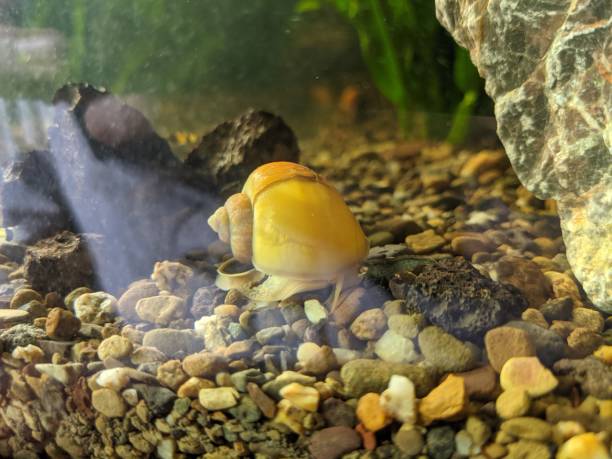The Enigmatic World of Axolotls: Nature's Eternal Juveniles
Dive into the fascinating realm of axolotls, the peculiar salamanders that have captivated scientists and pet enthusiasts alike. These remarkable creatures, with their eternally youthful appearance and extraordinary regenerative abilities, offer a unique glimpse into the wonders of amphibian evolution. Join us as we explore the captivating world of these aquatic marvels and uncover the secrets behind their enduring popularity.

The Axolotl’s Incredible Regenerative Powers
One of the most astonishing features of axolotls is their remarkable ability to regenerate lost body parts. These amphibians can regrow not only limbs and tails but also parts of their brain, heart, and other vital organs. This regenerative capacity far surpasses that of any other vertebrate, making axolotls invaluable subjects for medical research. Scientists are studying these creatures in hopes of unlocking the secrets of tissue regeneration, which could potentially lead to groundbreaking treatments for human injuries and diseases.
Axolotls in Captivity: A Growing Trend
In recent years, axolotls have gained significant popularity as exotic pets. Their unique appearance, coupled with their relatively low maintenance requirements, has made them increasingly sought after by aquarium enthusiasts. Axolotls come in various color morphs, including wild-type (dark with spots), leucistic (pink with black eyes), and albino (white with red eyes). The price range for axolotls can vary widely, typically ranging from $20 to $100, depending on the color morph and source.
Conservation Concerns: The Wild Axolotl’s Plight
While axolotls thrive in captivity, their wild counterparts face a dire situation. The species is critically endangered in its natural habitat, with population estimates suggesting fewer than 1,000 individuals remain in the wild. The primary threats to wild axolotls include habitat destruction, water pollution, and the introduction of invasive species. Conservation efforts are underway to protect the remaining wild populations, including habitat restoration projects and captive breeding programs.
The Science Behind Axolotl Care
Keeping axolotls as pets requires a thorough understanding of their unique needs. These amphibians thrive in cool, clean water with temperatures ranging from 60 to 64 degrees Fahrenheit (15 to 18 degrees Celsius). They require a carefully balanced diet consisting primarily of live or frozen foods such as bloodworms, brine shrimp, and small fish. Proper filtration and regular water changes are essential to maintain water quality and prevent health issues.
Axolotls in Research: Unlocking Biological Mysteries
The axolotl’s unique biological characteristics have made it an invaluable model organism in scientific research. Studies on axolotls have contributed significantly to our understanding of developmental biology, regeneration, and evolution. Researchers are particularly interested in the genes and cellular mechanisms that allow axolotls to regenerate complex tissues and organs, hoping to apply this knowledge to human medicine.
The Cultural Significance of Axolotls
Axolotls hold a special place in Mexican culture and mythology. The name axolotl comes from the Nahuatl language and is associated with Xolotl, the Aztec god of fire and lightning. These creatures have been featured in various forms of art, literature, and popular culture, serving as a symbol of resilience and transformation. Their unique appearance and abilities have inspired countless stories and artistic representations, further cementing their status as a cultural icon.
Ethical Considerations in Axolotl Ownership
As the popularity of axolotls as pets continues to grow, it is crucial to address the ethical implications of keeping these endangered creatures in captivity. While captive breeding programs play a vital role in conservation efforts, the pet trade can potentially impact wild populations if not properly regulated. Potential axolotl owners should ensure they obtain their pets from reputable breeders who prioritize the welfare of the animals and contribute to conservation efforts.
The Future of Axolotl Conservation and Research
The future of axolotls, both in the wild and in captivity, depends on continued conservation efforts and scientific research. Advances in genetic sequencing and stem cell research promise to unlock even more secrets about these fascinating creatures. As our understanding of axolotl biology grows, so too does the potential for groundbreaking discoveries in regenerative medicine and evolutionary biology. By working to protect wild axolotl populations and responsibly managing captive breeding programs, we can ensure that these remarkable amphibians continue to inspire and educate future generations.





